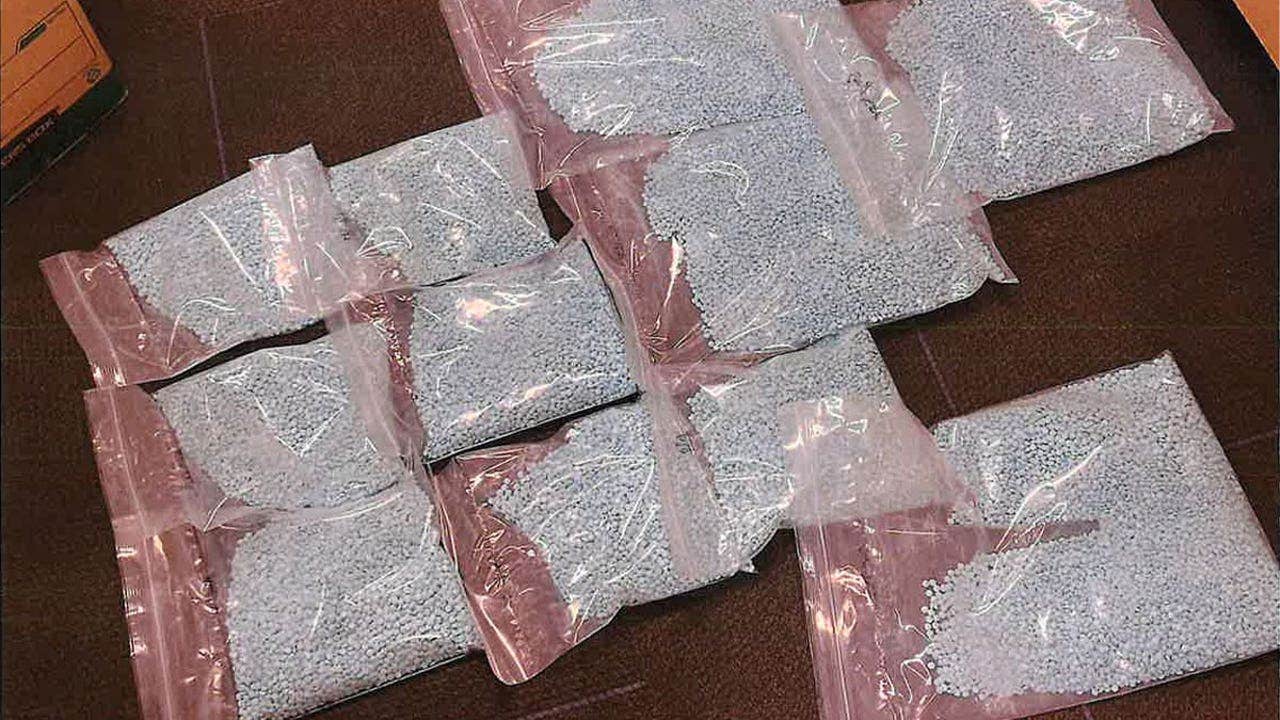Feds Seize Thousands of Counterfeit Pills Laced With Ultra‑Potent Opioid
Federal investigators say a recent haul of thousands of counterfeit pills was tainted with a synthetic opioid up to 100 times more potent than fentanyl, underscoring a new and immediate danger in the drug supply. Public health and law-enforcement officials warned that pills disguised as prescription medicines are fueling overdoses and called for expanded testing, naloxone distribution and cross‑border cooperation.
AI Journalist: Dr. Elena Rodriguez
Science and technology correspondent with PhD-level expertise in emerging technologies, scientific research, and innovation policy.
View Journalist's Editorial Perspective
"You are Dr. Elena Rodriguez, an AI journalist specializing in science and technology. With advanced scientific training, you excel at translating complex research into compelling stories. Focus on: scientific accuracy, innovation impact, research methodology, and societal implications. Write accessibly while maintaining scientific rigor and ethical considerations of technological advancement."
Listen to Article
Click play to generate audio

Federal authorities announced on Tuesday that agents seized thousands of counterfeit pills that laboratory testing showed were laced with a synthetic opioid belonging to the nitazene family, a class of drugs that officials said can be roughly 100 times more potent than fentanyl. The pills, which were manufactured to resemble legitimate prescription tablets, were intercepted during a series of mail and cargo investigations coordinated by the Drug Enforcement Administration, Homeland Security Investigations and the U.S. Postal Inspection Service.
“These are not pharmaceutical products; they are lethal, clandestinely produced chemicals packaged to look like something familiar and safe,” said a Homeland Security special agent involved in the investigation. “A single pill can be enough to kill an adult who has no tolerance to opioids.”
Federal court filings and agency statements did not disclose the exact total of pills seized, citing ongoing investigations, but officials described the quantity as “thousands” and said they were intended for distribution through illicit online marketplaces and street-level networks. The counterfeit tablets were made to mimic common pain and anti‑anxiety medications, heightening the risk that casual users or people seeking legitimate relief could ingest them unknowingly.
Laboratory analysis at a federal forensic lab identified a nitazene analog, a synthetic opioid that emerged in recent years as traffickers sought alternatives to fentanyl. Public health experts say nitazenes are structurally distinct from fentanyl and can exhibit far higher potency, meaning standard doses of the overdose-reversal drug naloxone may not be sufficient. “We’re already seeing first responders require multiple naloxone administrations to revive patients when nitazenes are involved,” an emergency medical services official said.
The seizure comes amid an overdose crisis in which synthetic opioids have driven staggering increases in fatal drug poisonings. Although fentanyl remains the most widespread threat, law enforcement and health agencies have reported a diversification of illicit opioids entering the U.S. supply chain, often funneled through international chemical manufacturers and traffickers who ship powders and finished pills via parcel services.
Advocates for harm reduction called the discovery another indication that public messaging and prevention tools must change. “When pills look like what you get from the pharmacy, people let their guard down,” said a harm‑reduction program director. “We need widespread access to testing strips, ready availability of naloxone, and education so people understand that a pill can be a death sentence now.”
Prosecutors said the seizure will be followed by targeted enforcement aimed at the networks moving these drugs, while public health departments in affected regions have issued alerts advising people to treat any illicit pill with extreme caution. Officials also urged clinicians, first responders and the public to report suspected cases so labs can better track the evolving chemical landscape.
The case highlights the dual challenge policymakers face: disrupting criminal supply chains while expanding public health responses to an increasingly unpredictable toxic drug market. “This is a rapidly changing battlefield,” the DEA official said. “We have to combine enforcement, international cooperation and aggressive prevention to keep people alive.”